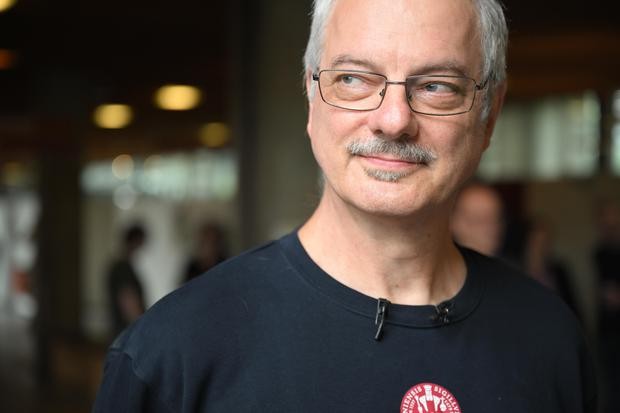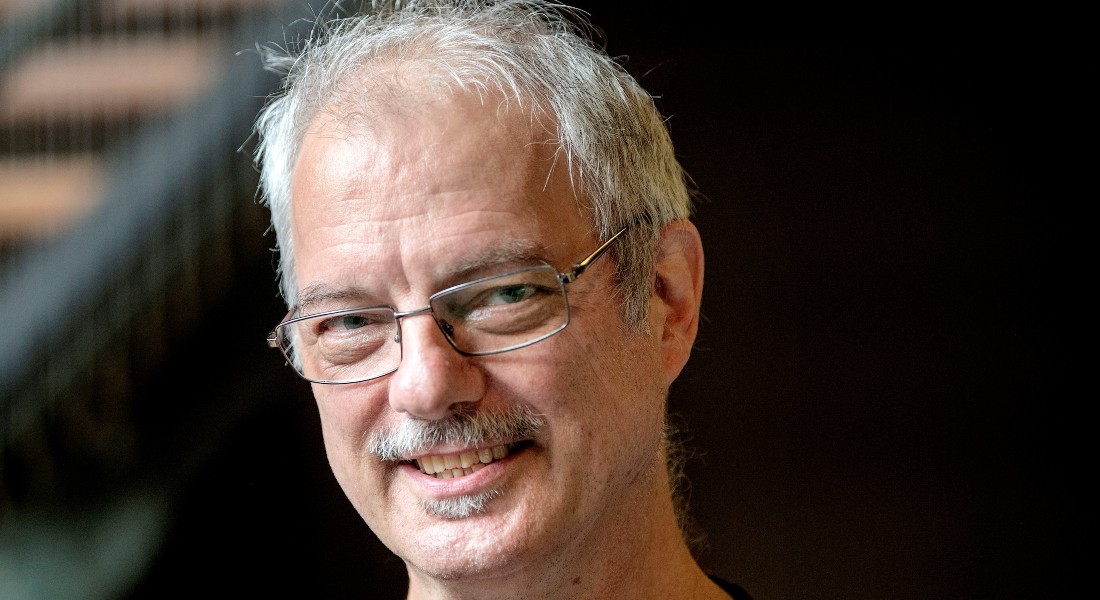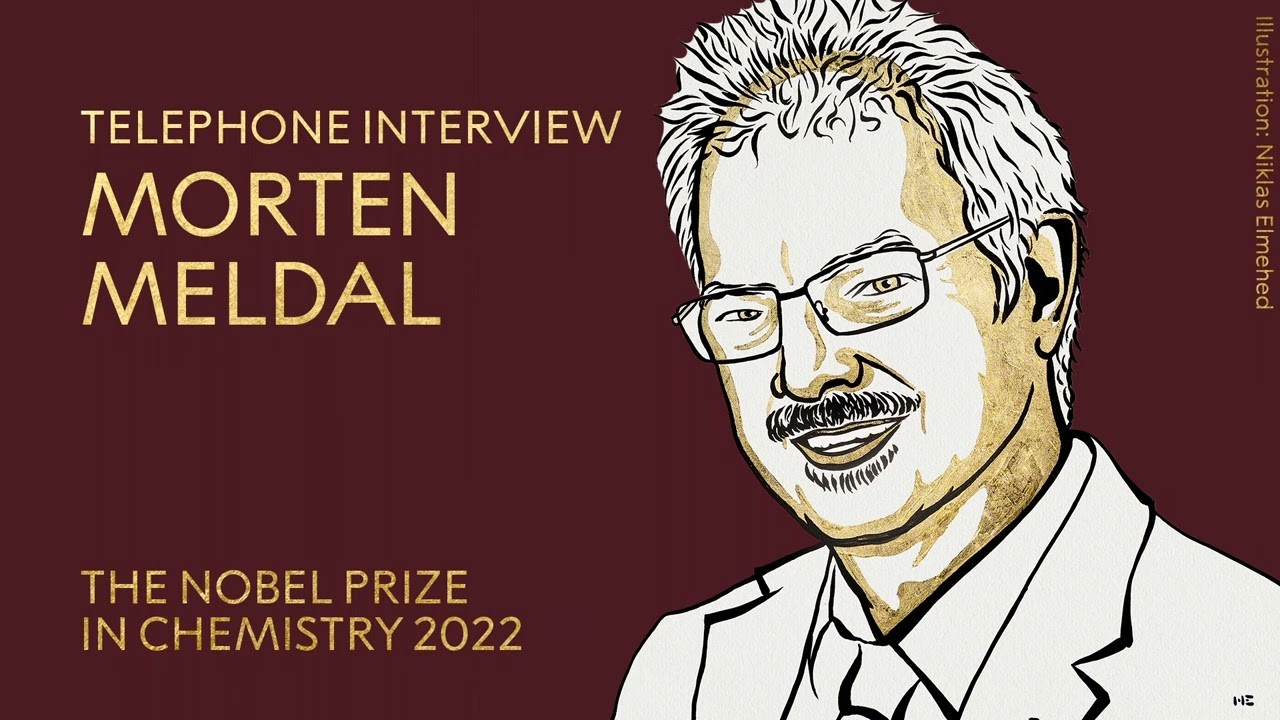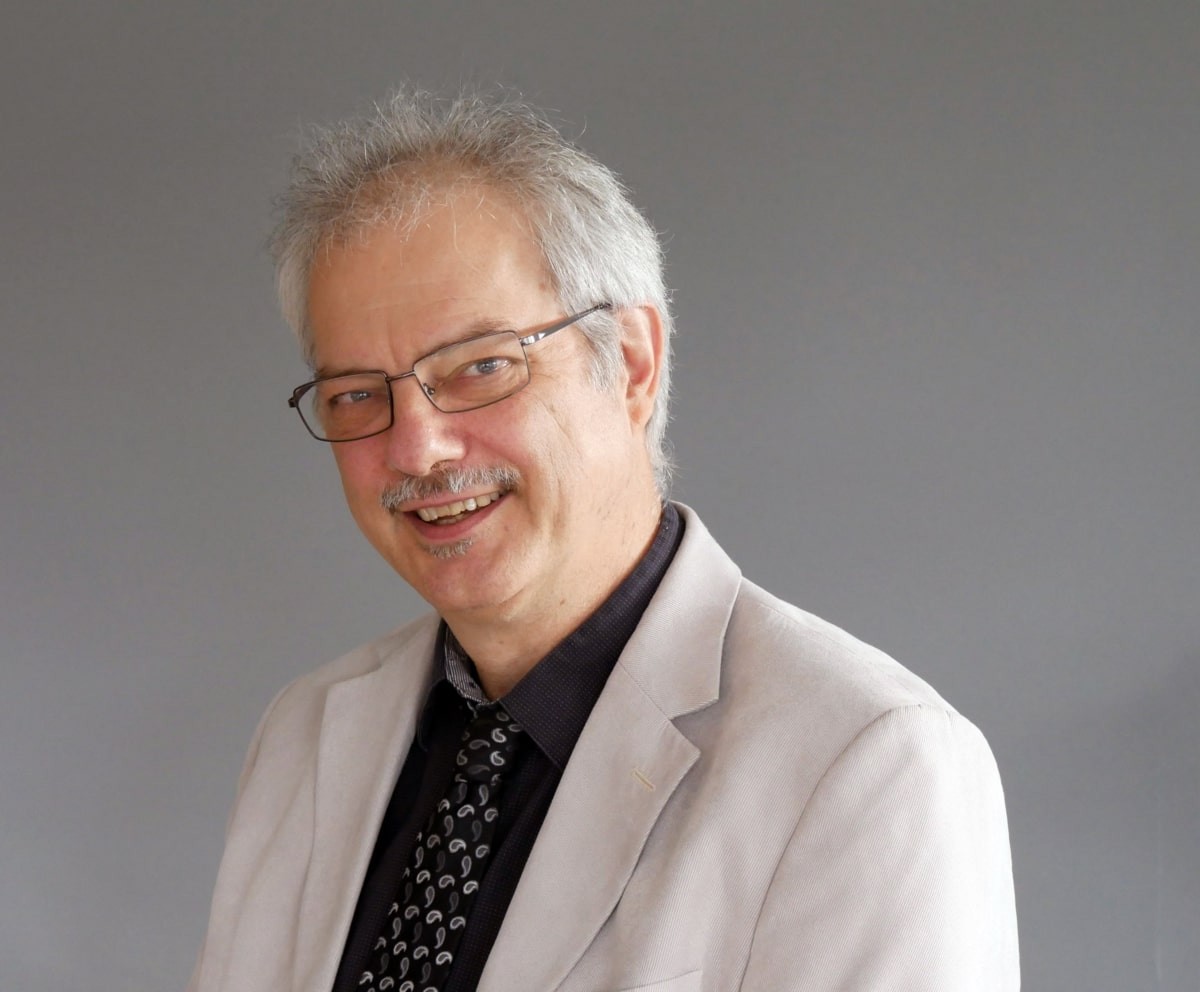 |
| Photo: IPA |
The Nobel Prize in Chemistry 2022 is about making difficult processes easier, describes the Royal Swedish Academy of Sciences.
“This year’s Prize in Chemistry deals with not overcomplicating matters, instead working with what is easy and simple. Functional molecules can be built even by taking a straightforward route,” says Johan Åqvist, Chair of the Nobel Committee for Chemistry.
Barry Sharpless and Morten Meldal have laid the foundation for a functional form of chemistry – click chemistry – in which molecular building blocks snap together quickly and efficiently. Carolyn Bertozzi has taken click chemistry to a new dimension and started utilizing it in living organisms.
The crown jewel of click chemistry
 |
| Photo: Photo: Nils Meilvang |
Around the year 2000, Barry Sharpless coined the concept of click chemistry, which is a form of simple and reliable chemistry, where reactions occur quickly and unwanted by-products are avoided. Shortly afterward, Morten Meldal and Barry Sharpless – independently of each other – presented what is now the crown jewel of click chemistry: the copper-catalyzed azide-alkyne cycloaddition.
“Among many other uses, it is utilized in the development of pharmaceuticals, for mapping DNA and creating materials that are more fit for purpose.”
This is an elegant and efficient chemical reaction that is now in widespread use, describes the Royal Swedish Academy of Sciences. Among many other uses, it is utilized in the development of pharmaceuticals, for mapping DNA, and for creating materials that are more fit for purpose.
Bioorthogonal reactions
 |
| Photo: Nobel Prize |
Carolyn Bertozzi took click chemistry to a new level. To map important but elusive biomolecules on the surface of cells – glycans – she developed click reactions that work inside living organisms. Her bioorthogonal reactions take place without disrupting the normal chemistry of the cell.
These reactions are now used globally to explore cells and track biological processes. Using bioorthogonal reactions, researchers have improved the targeting of cancer pharmaceuticals, which are now being tested in clinical trials.
Click chemistry and bioorthogonal reactions have taken chemistry into the era of functionalism. This is bringing the greatest benefit to humankind, states the Royal Swedish Academy of Sciences.
Morten Meldal – Biography
 |
| Photo: Wikipedia |
Morten Peter Meldal (born 16 January 1954) is a Danish chemist. He is a professor of Chemistry at the University of Copenhagen in Copenhagen, Denmark. He is best known for developing the CuAAC-click reaction, concurrent with but independent of Valery V. Fokin and K. Barry Sharpless.
Meldal was awarded the 2022 Nobel Prize in Chemistry, jointly with Carolyn R. Bertozzi and Sharpless, “for the development of click chemistry and bioorthogonal chemistry”.
Meldal received B.S. and Ph.D. degrees in Chemical Engineering from the Technical University of Denmark (DTU); his Ph.D. work was supervised by Klaus Bock and focused on the synthetic chemistry of oligosaccharides. From 1983-1988 he was an independent research associate in organic chemistry at DTU and the University of Copenhagen. During 1985 and 1986 he performed postdoctoral work at Cambridge University; he was a postdoctoral research associate at the Medical Research Council Center, Laboratory of Molecular Biology. In 1996 he was appointed assistant professor at DTU. Since 1998 he has led the synthesis group in the Department of Chemistry of the Carlsberg Laboratory and since 1997, he has served as head of the Solid-Phase Organic Chemistry and Enzymatic Reaction Center (SPOCC).
Meldal developed several technological techniques and instruments for peptide synthesis near the start of his career. He developed the multiple-column synthesis used in peptide and organic synthesis instrumentation as well as for assembling large split-mix libraries. He first presented the (cycloaddition) of acetylenes and azides used in peptide and protein conjugations, in polymers, and in Material sciences. Meldal’s group has then shown this reaction to be completely orthogonal to the majority of functional group chemistries. They later developed solid supports that have facilitated the merger of solid-phase peptide- and peptide-organic chemistry with solid-phase chemical biology and protein chemistry.
More recently Meldal has developed an optical encoding technique and has been focused on the merger of organic chemistry and peptide chemistry on a solid support. He has devised a range of novel methods on the generation of N-acyl iminium ions which combinatorial libraries of these compounds have generated and screened for active GPCR substances in cell-based on-bead screening.
In 2019, Meldal co-founded the company Betamab Therapeutics ApS, based on the concept of beta-bodies, i.e. peptide mimics of antibodies. However, the company was closed again in 2021.





